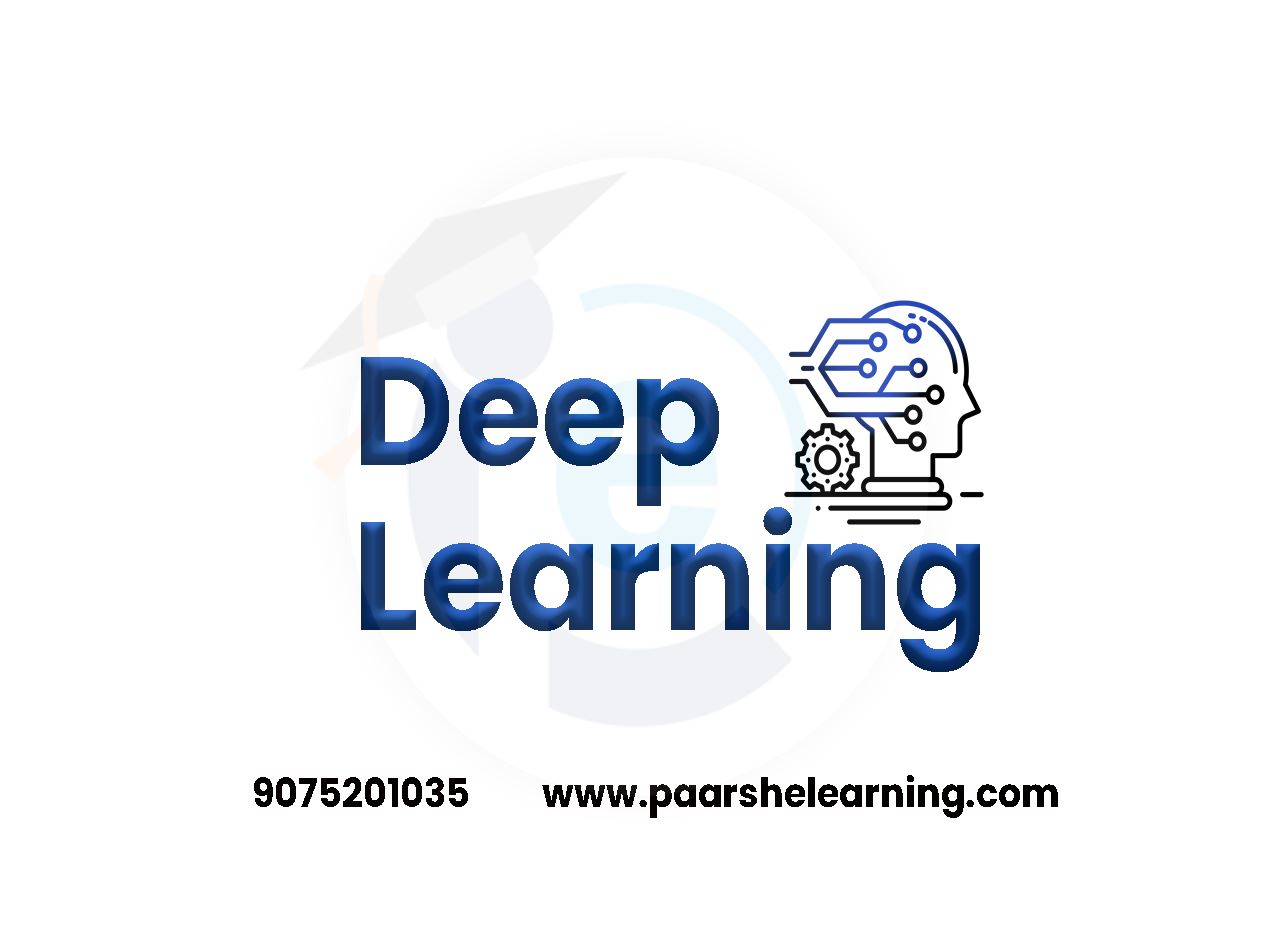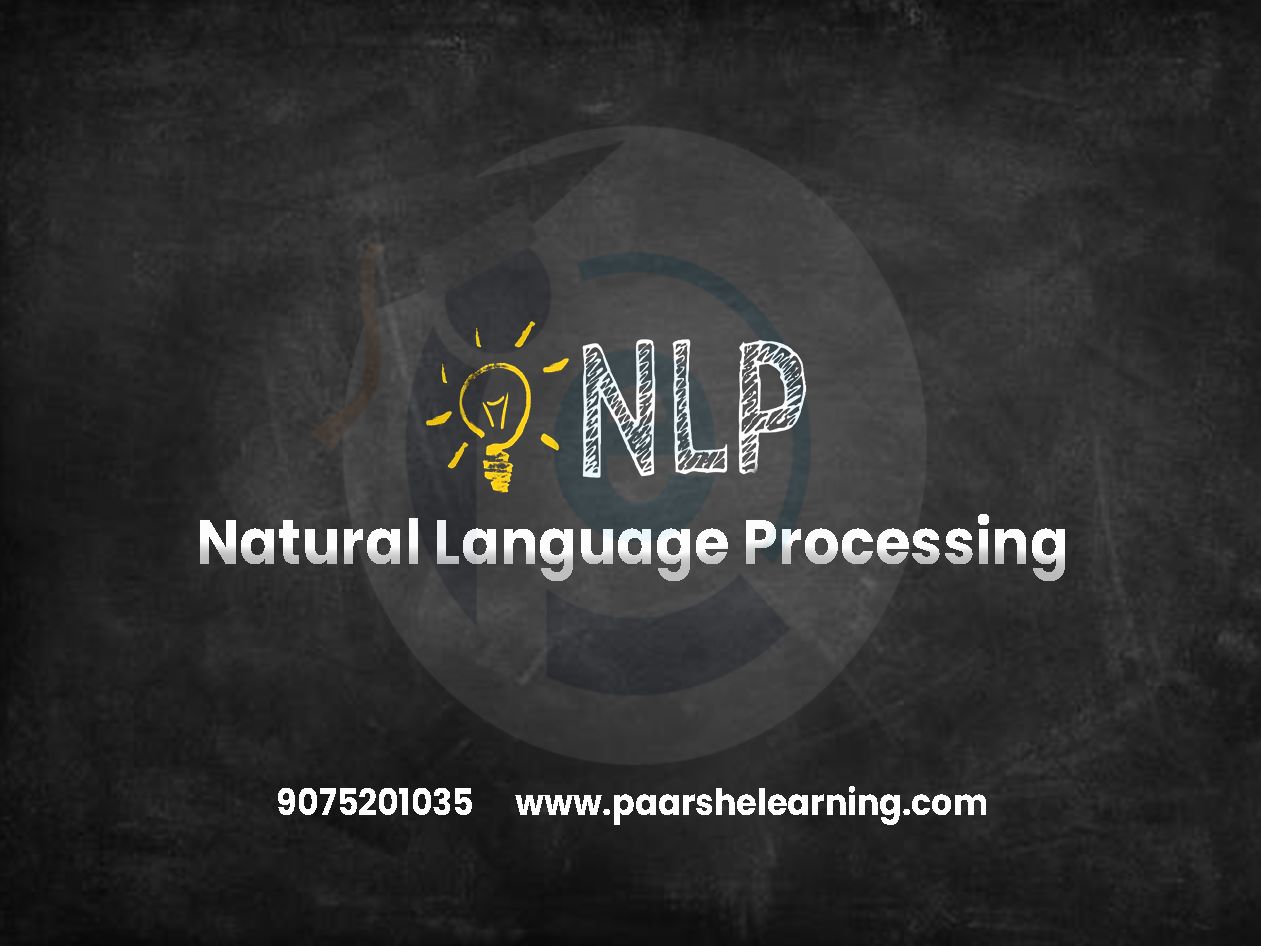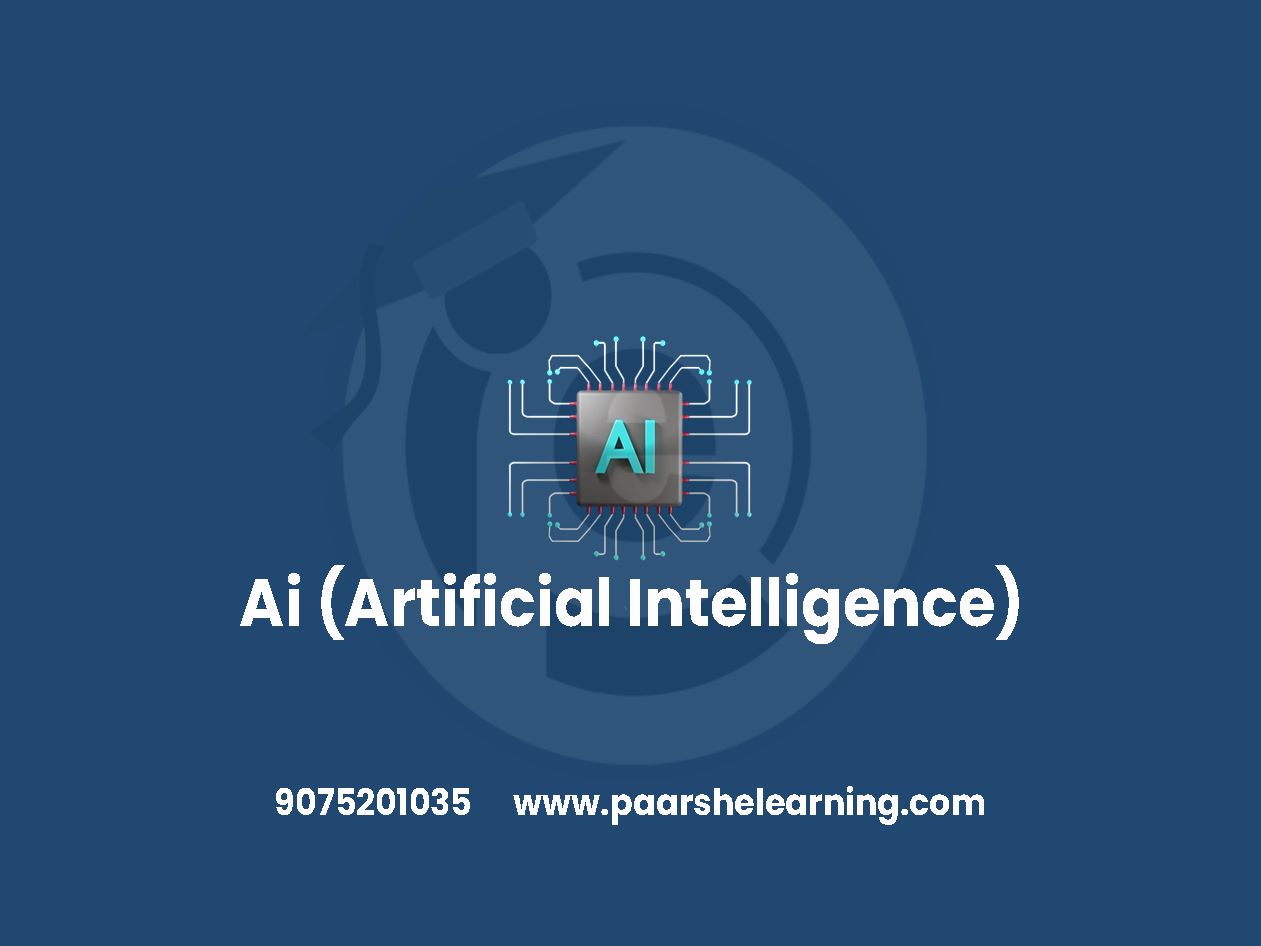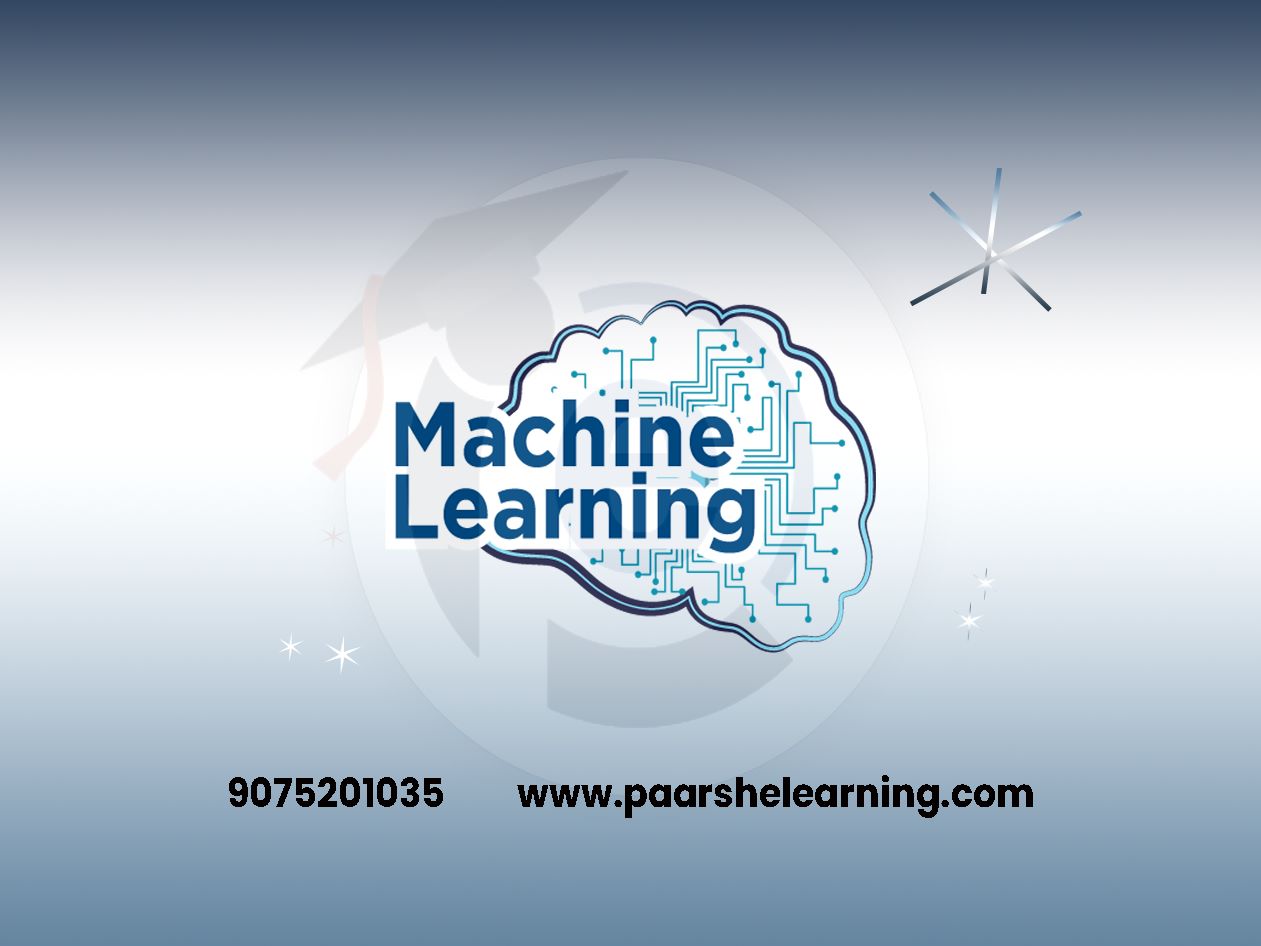- Neural Networks: You will learn about the basic building blocks of Deep Learning, including artificial neural networks (ANNs). This involves understanding the structure of neurons, activation functions, and the concept of forward and backward propagation.
- Deep Neural Networks: You will delve into deep architectures by understanding the structure and training of deep neural networks. This includes working with multiple hidden layers, backpropagation, and techniques like weight initialization and regularization.
- Convolutional Neural Networks (CNNs): CNNs are a specialized type of deep neural network commonly used for image and video analysis. You will learn about convolutional layers, pooling, and how CNNs are used for tasks such as image classification, object detection, and image segmentation.
- Recurrent Neural Networks (RNNs): RNNs are designed to handle sequential data, such as text or time series data. You will explore the structure of RNNs, including different variants like Long Short-Term Memory (LSTM) and Gated Recurrent Units (GRUs). Applications of RNNs include language modeling, machine translation, and speech recognition.
- Generative Models: You will learn about generative models, which aim to generate new data samples that resemble the training data. This includes topics like generative adversarial networks (GANs) and variational autoencoders (VAEs).
- Etc...
Deep Learning
Course description
Deep Learning is a subfield of Machine Learning that focuses on training artificial neural networks with multiple layers to learn hierarchical representations of data. It is inspired by the structure and function of the human brain, specifically the interconnected network of neurons.
Deep Learning has gained significant attention and popularity due to its ability to solve complex problems in various domains, such as computer vision, natural language processing, speech recognition, and recommendation systems. Here are some key concepts and components of Deep Learning:
-
Artificial Neural Networks (ANNs): Deep Learning utilizes Artificial Neural Networks, which are computational models composed of interconnected nodes (neurons) organized in layers. Each neuron receives input, applies an activation function, and produces an output that serves as input for subsequent neurons. The connections between neurons have weights that determine their influence on the final output.
-
Deep Neural Networks (DNNs): Deep Learning networks have multiple hidden layers between the input and output layers, enabling them to learn complex patterns and representations from the data. Deep Neural Networks allow for more sophisticated and hierarchical feature extraction compared to shallow networks.
-
Convolutional Neural Networks (CNNs): CNNs are a specialized type of Deep Neural Network commonly used for image and video analysis. They leverage convolutional layers that automatically learn and detect visual patterns and features in images. CNNs have proven to be highly effective in tasks such as object recognition, image classification, and image segmentation.
-
Recurrent Neural Networks (RNNs): RNNs are designed to handle sequential data, such as text, speech, and time series data. They have feedback connections that allow information to persist, enabling them to capture temporal dependencies in the data. RNNs are widely used in tasks such as natural language processing, machine translation, and speech recognition.
-
Training and Backpropagation: Deep Learning models are trained through an iterative process called backpropagation. During training, the model's weights are adjusted based on the calculated error or loss between the predicted output and the true output. This adjustment is performed by propagating the error back through the network and updating the weights using optimization algorithms like gradient descent.
-
Activation Functions: Activation functions introduce non-linearity into the network, enabling it to learn complex relationships in the data. Common activation functions include the sigmoid, tanh, and rectified linear unit (ReLU) functions. Each activation function has its characteristics and is used in different parts of the network.
-
Transfer Learning: Transfer Learning is a technique in Deep Learning where a pre-trained model trained on a large dataset is used as a starting point for a new, related task. By leveraging the learned features from the pre-trained model, transfer learning enables the efficient training of models with smaller datasets or in domains where limited labeled data is available.
Deep Learning frameworks such as TensorFlow, PyTorch, and Keras provide tools and APIs to simplify the implementation of Deep Learning models. These frameworks offer pre-built layers, optimization algorithms, and utilities for data preprocessing and model evaluation.
What you will learn from this course?
This course includes!
- Daily Live session
- A recorded session with problem-solving material
- Access on Mobile and TV
- Certificate of completion
- Recommendation Letter
- 100% Job Placement
This course is for
- Programmers who are looking to add deep learning to their skillset
- Professional mathematicians willing to learn how to analyze data programmatically
- Any Python programming enthusiast willing to add deep learning proficiency to their portfolio
Prerequisites for this course
- Basic Python Knowledge
Deep Learning Syllabus
-
Introduction To Deep Learning
Understanding the basics of neural networks and their evolution Differentiating between shallow and deep architectures Exploring applications of deep learning across various domains Setting up the development environment with Python and deep learning libraries
-
Neural Network Fundamentals
Review of artificial neural network components and architecture Activation functions and their role in neural networks Loss functions and optimization methods (gradient descent, Adam, etc.) Backpropagation and the chain rule in neural network training
-
Convolutional Neural Networks (cnns)
Understanding CNN architecture and its importance in computer vision Convolutional layers, pooling layers, and padding Building image classification models using CNNs Transfer learning and fine-tuning pretrained CNNs
-
Recurrent Neural Networks (rnns) And Sequence Models
Introduction to sequential data and RNN architecture Long Short-Term Memory (LSTM) and Gated Recurrent Unit (GRU) cells Applications of RNNs in natural language processing and time series analysis Training and optimizing RNNs for sequence prediction tasks
-
Generative Models And Variational Autoencoders (vaes)
Introduction to generative models and their applications Autoencoders and their use in unsupervised learning Variational Autoencoders (VAEs) for generating new data Introduction to Generative Adversarial Networks (GANs)
-
Natural Language Processing (nlp) With Deep Learning
Text preprocessing techniques for NLP tasks Building and training text classification models using deep learning Word embeddings: Word2Vec, GloVe, and their applications Sequence-to-sequence models for machine translation and text generation
-
Advanced Deep Learning Topics
Attention mechanisms and their role in improving sequence models Exploring advanced architectures: Transformers, BERT, GPT Explainable AI and interpreting deep learning models Ethics and challenges in deep learning applications
-
Final Projects And Practical Implementations
Students work on individual or group deep learning projects Instructor guidance and feedback during project development Implementing deep learning models on real-world datasets Final project presentations and evaluations



